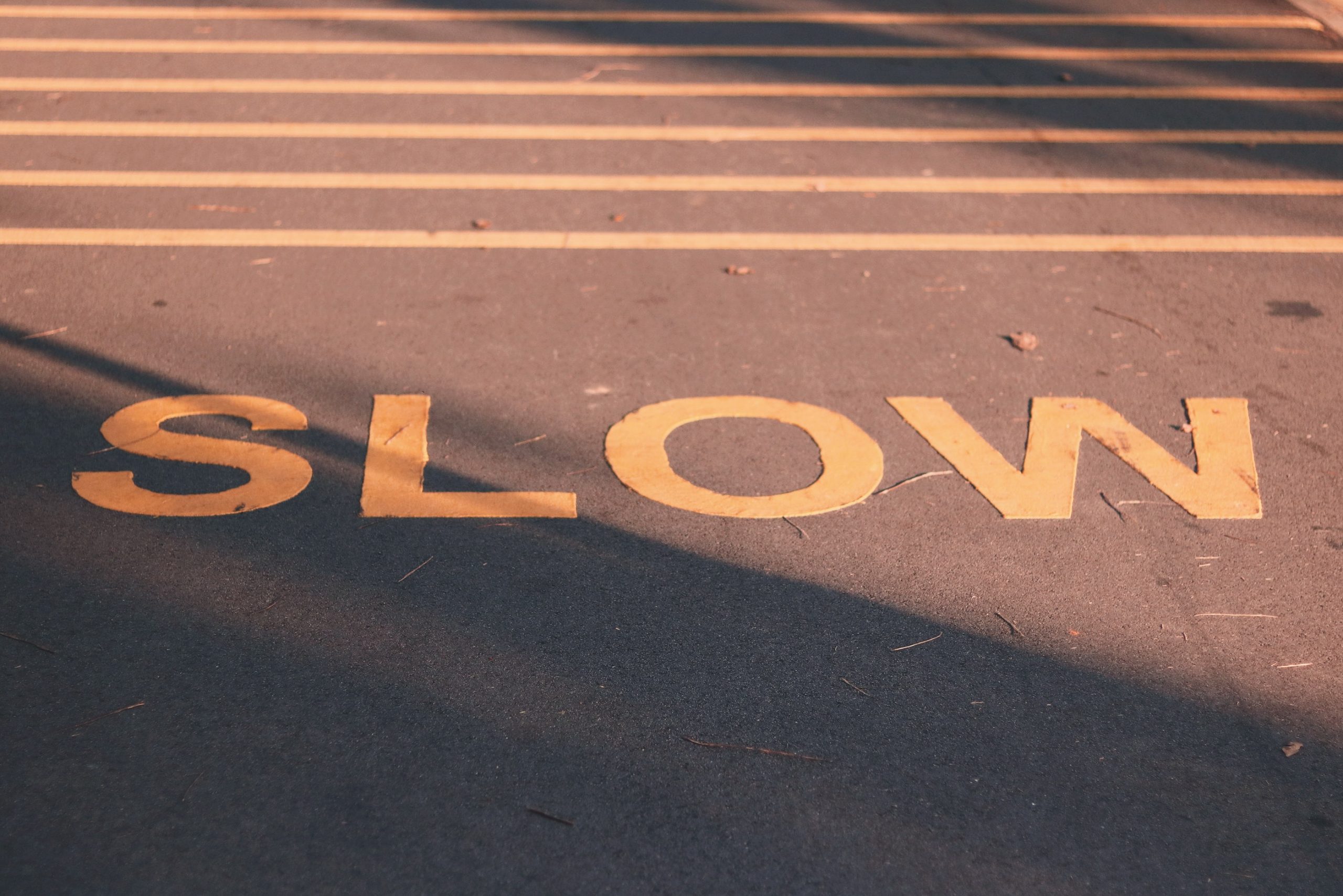As a business operating in the digital space, it is crucial to recognize the pivotal role that your website plays in marketing your brand. A well-designed and functional website can captivate visitors and convert them into loyal clients, making it an invaluable asset for your business. An outdated and unappealing website can significantly impact a business’s credibility and online presence. Moreover, user-unfriendly elements on a website can discourage visitors from returning, resulting in lost opportunities and revenue.
In today’s rapidly evolving market, even the newest ideas can quickly become outdated, necessitating frequent revamps to stay relevant. Similarly, websites can lose appeal over time and may require upgrades to maintain effectiveness. While there are no hard and fast rules to determine when a website needs a redesign, there are several key indicators that can signal the need for a refresh. Let’s explore some of these signs in greater detail.
Outdated Website

While the phrase ‘old is gold’ may hold in specific contexts, applying it to your business website can be detrimental. An outdated website can significantly impact a business’s credibility and customer engagement in today’s fast-paced digital world. Thus, ensuring that your website remains fresh and up-to-date is essential to maintaining a competitive edge.
Take a proactive step towards enhancing your business’s growth by upgrading your website, especially if it’s been three to five years since its last redesign. A modern and functional website can significantly impact your brand’s online presence, customer engagement, and revenue generation.
Search Results

Search engine optimization (SEO) is critical for the success of any website, and half of the battle lies in ensuring that your content contains the relevant keywords necessary to rank high on search results. Effective SEO is a solid foundation for any website; without it, other efforts may go to waste. Therefore, it’s essential to prioritize SEO when designing and maintaining a website.
Low search engine rankings or no ranking can negatively impact a business’s online credibility and reputation. To maintain a strong online presence, it is crucial to prioritize search engine optimization efforts and strive to remain on page one of search results. Redesigning your website can significantly improve your search engine rankings and enhance your brand’s online visibility.
Change In Service

As a business evolves, it is natural for its offerings to change over time. Introducing new products, discontinuing old ones, or altering the overall vision are all common occurrences. However, if these changes are not reflected on a business’s website, it can lead to confusion and potential loss of sales. A website serves as the face of a business and should accurately reflect the services and products currently being offered. In such cases, redesigning the website is crucial to maintain the business’s online presence and ensure that potential customers receive accurate information.
A website is the online representation of a business, and it should accurately reflect the current offerings to help boost sales and maintain a solid online presence. Therefore, redesigning a business website is often necessary when services or products change. It should not be delayed to ensure potential customers receive exact information and the business maintains credibility.
Complete Details Of Business

Visitors come to websites to learn more about the business and its offerings. If a website lacks updated information, it fails to engage its audience and offer value. If prospective customers cannot easily find the information they need, they will unlikely return to the site. This is where redesigning can be valuable. By updating a website’s content and ensuring it is easily accessible, businesses can better engage their audience, increase their online credibility, and encourage repeat visits.
By redesigning a website with the essential details of the business, incorporating recent trends, and providing an extraordinary user experience, businesses can increase visitor engagement and encourage them to spend more time on the site. This, in turn, can lead to improved lead generation, conversions, and, ultimately, increased sales.
No Traffic No Sales

The primary purpose of a website is to generate traffic, and failure to do so is problematic for businesses. A significant decline in traffic and leads over time could indicate that visitors do not find the website engaging enough to stay longer. The conversion process is already challenging, and a poorly designed website can compound the issue, further deterring potential customers.
To ensure that your users have a positive experience on your website, it’s essential to focus on elements such as clear calls to action, well-written content, and easy navigation. One way to achieve these goals is through a website redesign, which can help improve your site’s overall functionality and competitiveness.
Slow Website

Website speed is crucial for providing a positive user experience. Slow loading times can lead to visitor frustration, decreased engagement, and lost business opportunities. As a business owner, it’s important to prioritize fast loading times, ideally within 4 to 5 seconds. Several factors, including large, unoptimized images or videos, excess plugins, suboptimal website themes, underpowered hosting, and other potential issues, can cause slow loading speeds. To improve your website’s speed, it’s essential to evaluate and optimize your website’s content and functionality regularly.
To improve and tackle these problems, you should consider redesigning a website as a necessary step, as it not only revitalizes the appearance of your website and lends it a more polished and professional look but also has the added benefit of boosting website conversion rates by enabling faster page loading times. Furthermore, redesigning your website can be a cost-effective solution to address any pressing issues.









